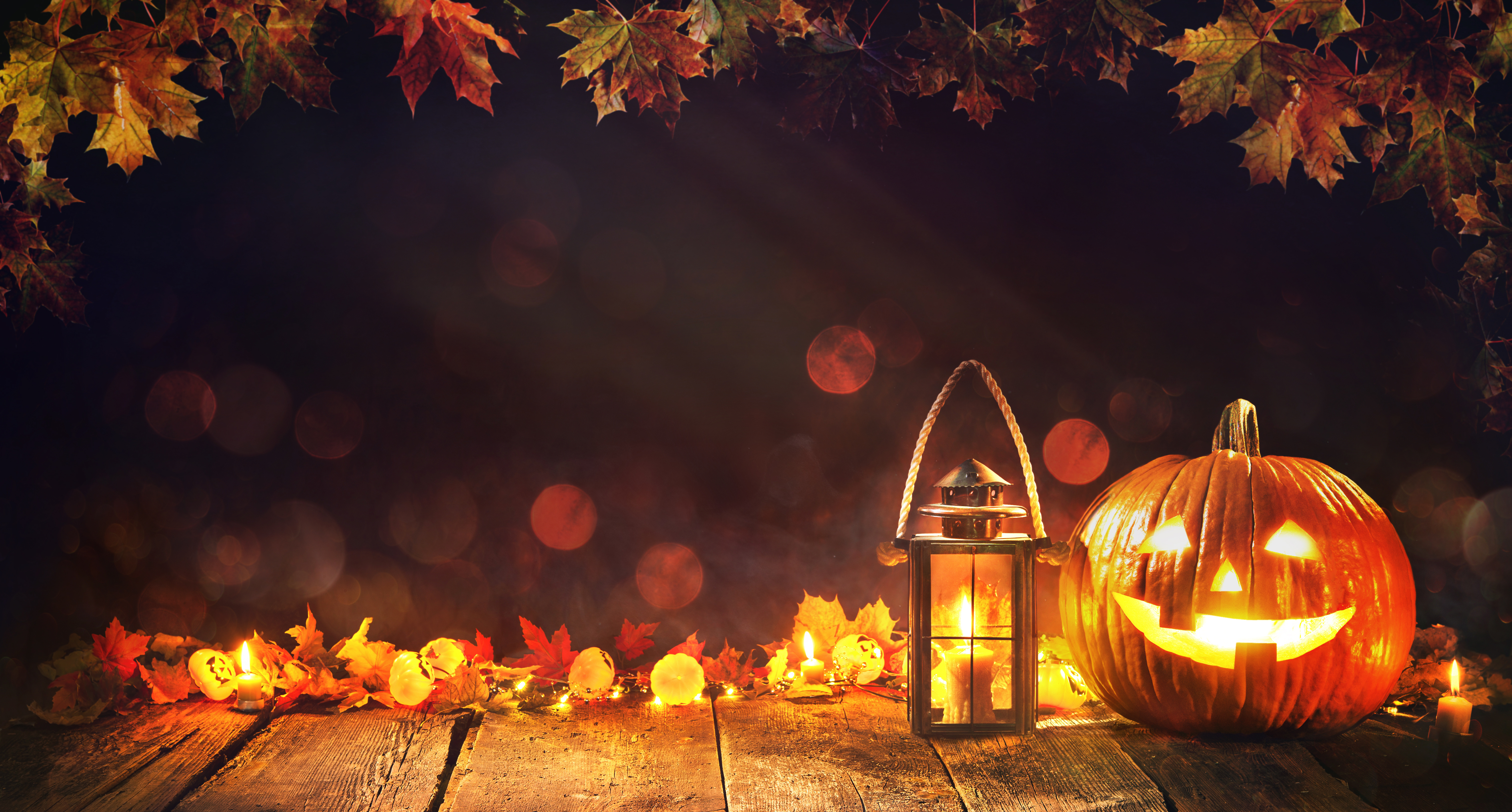
Pre-reading questions
I will read each question. Then, please answer them.
講師がそれぞれの質問を読むので答えましょう。
- Do you believe in ghosts?
- Do you like watching horror movies?
Vocabulary
I will read the words, meanings, and sample sentences. Then, repeat after me.
単語、意味、例文を読みます。講師に続いて音読しましょう。
- enjoy /en-JOI/
- dress up /DRES uhp/
- trick-or-treating /trik-awr-treet-ing/
- eastern /EE-stern/
- exchange /iks-CHEYNJ/
[verb] – to get pleasure from something
I enjoy playing tennis and soccer.
[phrasal verb] – to put on special clothes in order to change your appearance
What will you dress up as for Halloween?
[noun] – an activity in which children dress up as magical or frightening creatures or as characters from a story on Halloween, and visit people’s homes to demand candy
Let’s go trick-or-treating this Halloween!
[adjective] – in or from the east part of an area
The eastern coast of the country has many mountains.
[verb] – the act of giving something to someone and them giving you something else
I’d like to exchange dollars for yen, please.
Article reading
Please read the whole article. Then, I will check your pronunciation and intonation.
記事を音読しましょう。講師はあなたの発音とイントネーションを確認します。
Many enjoy Halloween by dressing up in costumes. But how did October 31st become the spookiest day of the year, and why?
Halloween originated from Samhain, a Celtic New Year’s Day celebrated on November 1. It has been thought to be around for more than 2,000 years. But about a thousand years ago, the Catholic Church changed the name to All Saints’ Day, also called All Hallows’ Day. The night before that, which is on October 31st, was called All Hallows’ Eve. It was then shortened to Halloween. People would leave food out for any ghosts that might be out that night. But how did that change to dressing up and going trick-or-treating? One author says that trick-or-treating is a relatively new ritual that may have been influenced by the Christmas tradition of belsnickling. It’s practiced in the eastern United States and Canada, where groups of costumed entertainers would visit homes in exchange for food and drink.
It’s fun to scare each other on Halloween. Even a little bit, as the days become shorter and the nights grow longer.
Halloween originated from Samhain, a Celtic New Year’s Day celebrated on November 1. It has been thought to be around for more than 2,000 years. But about a thousand years ago, the Catholic Church changed the name to All Saints’ Day, also called All Hallows’ Day. The night before that, which is on October 31st, was called All Hallows’ Eve. It was then shortened to Halloween. People would leave food out for any ghosts that might be out that night. But how did that change to dressing up and going trick-or-treating? One author says that trick-or-treating is a relatively new ritual that may have been influenced by the Christmas tradition of belsnickling. It’s practiced in the eastern United States and Canada, where groups of costumed entertainers would visit homes in exchange for food and drink.
It’s fun to scare each other on Halloween. Even a little bit, as the days become shorter and the nights grow longer.
True or False:
Read the sentences and identify if they are true or false based on the article.
文章を読んで、記事に基づいて正誤を答えましょう。
- Halloween originated from a Celtic New Year’s Day celebrated on December 1.
- Samhain is thought to be around for more than 2,000 years.
- All Saints’ Day is also called All Hallows’ Day.
- All Hallows’ Day was shortened to Halloween.
- One author says that trick-or-treating may have been influenced by belsnickling.
Fill in the blanks
Choose the correct word from the table then fill in the blanks.
適切な言葉を選んで空欄を埋めましょう。
| enjoy | dress up | trick-or-treating | eastern | exchange |
- They will _______ as cowboys for the party.
- I already see children _______ outside. They all look cute in their costumes!
- This shop allows the _______ of goods.
- My friends and I _______ shopping for clothes.
- Saki lives on the _______ side of the town.